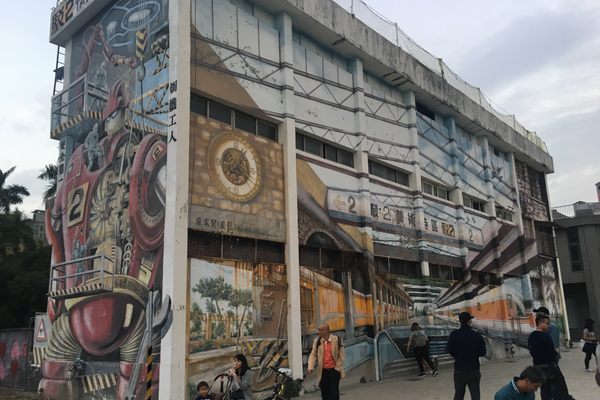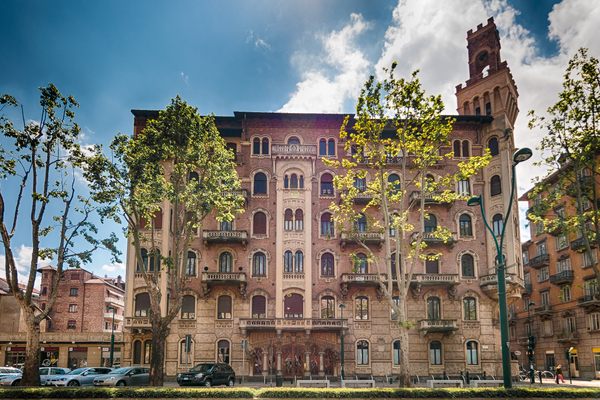Shoyoen
This unique blend of Japanese and Western architecture provides a glimpse into the lives of the Japanese elites who once ruled Taiwan.
Shoyoen stands incongruously, at odds with the functional modern architecture of Kaohsiung, Taiwan’s southern metropolis. This unique blend of Japanese and Western architecture, with a generous lawn and water garden, is a building out of time.
The house was built in 1939 for the aging Otani Kozui, a famous Japanese explorer and former Buddhist abbot who was also the brother-in-law to Emperor Hirohito. From 1940 to 1945, while World War II raged, Kozui advised the Taiwan Governor-General Office on economic matters while living in this unique and beautiful villa.
At the time, the villa was built in the countryside with a surrounding farm where Kozui grew various tropical plants. In 1945, when the Japanese surrendered Taiwan to the Republic of China, the nationalist government took over Shoyoen and it became the home of military officials and their families displaced from the mainland. The surrounding area dependents without housing built a military village. Such military villages were built all across Taiwan in the years following the nationalist flight from mainland China to Taiwan.
Though for a time abandoned, Shoyoen has now been restored, so visitors can admire the rooms as Kozui had lived in them. Distinctive features include a large air raid shelter on the first floor, in case of Allied bombings, and the Kozui family emblem on the roof beam of the second-floor lobby. The emblem was originally used by the Nishi Hongan-ji Temple, where the Kozui family, including Otani, are hereditary abbots.
Know Before You Go
Hours are 11 a.m. to 5 p.m. Tuesday through Friday and 11 a.m. to 6 p.m. weekends and holidays. Entry is free.













Follow us on Twitter to get the latest on the world's hidden wonders.
Like us on Facebook to get the latest on the world's hidden wonders.
Follow us on Twitter Like us on Facebook